Bacterium and virus are not the kinds of. -Food production issues -Labeling -Governmental position-national and international views of GMOs.
Genetically modifying seeds is a relatively new thing.
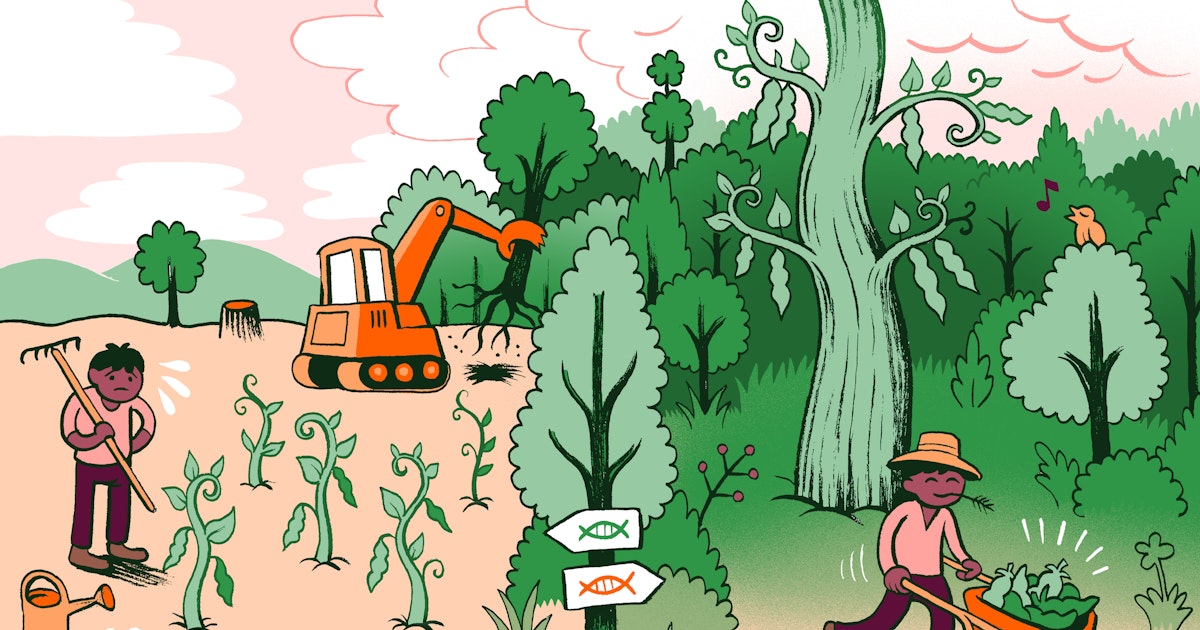
Why are gmos bad for the environment. GMO stands for Genetically Modified OrganismsThe World Health Organization defines GMOs as organisms in which the genetic material DNA has been altered in such a way that does not occur naturally. Overall Ciliberto said he was surprised by the extent to which herbicide use had increased and concerned about the potential environmental impact. What does GMO mean.
Some farming practices such as the overuse of herbicides resulting in the excessive eradication of wild plants from farmland have been shown to harm the environment. This means that farmers can. How do they impact the environment.
Roundup ready soya produced by Monsanto and grown extensively in North and South America allows farmers to spray soya plants with Roundup - a toxic cocktail of glyphosate and other chemicals. -Safety of Animal consumption Cite peer reviewed research findings -Environmental impacts why are GMOs bad for the environment. It kills all the weeds in the field but the GMO crops survive.
Since the first GMO seeds were field tested in the late 1980s their use has taken over some crops to the point. Potential benefits of GMOs for the environment. GE technology includes genetically modified organisms GMOs which some critics claim harm the environment.
Although GMO crops are convenient for farmers there are environmental concerns. These problems are similar for non-GM and GM crops. Most GMO crops are resistant to herbicides such as Roundup.
The net effect will be to slow the development of agricultural biotechnology and this in turn may negatively affect health the economy and the environment. Before GM cotton birds were eating insecticide-laden insects and dying as a result. DNA strands are cultured in a bacterium and inserted into the host plants nucleus using a virus.
If we add GMOs on top of all the issues already presented we are only hurting the future of this world. The Earths environment is constantly being damaged already by processes such as the burning of fossil fuels hydro fracking and people smoking tobacco products. However the adoption of genetically modified soybeans correlated with a negative impact on the environment as increased herbicide use also increased contamination of local ecosystems.
The nature of GMOs means fewer weed flowers and therefore less nectar for pollinators. These pesticides are harmful to the environment and to animals such as honeybees and monarch butterflies. Farmers now apply 16 times more of the herbicide than they did before GMOs came on the market.
Modifying crops to be pest-resistant means that there is less need to use pesticides. GMOs are good for the environment because they result in less pesticide land and water use. Here is a different way to spell the word green.
Questions and answers Crops do not damage the environment simply because they are GM. It is actually counter-productive to the many environmental and social goals that we cherish. Add to this that with climate change on the current trajectory drought.
-Safety of Animal consumption Cite peer reviewed research findings -Environmental impacts why are GMOs bad for the environment. -Food production issues -Labeling -Governmental position-national and international views of GMOs. How do they impact the environment.
This summer we had some field days comparing GM and conventional corn. How do they impact the environment. The explosion in glyphosate use is not only bad for farmers health its also bad for the environment especially for.
A lot of bird species returned to cotton fields as soon as GM cotton replaced conventional insecticides. But in reality GMO crops help farmers use pesticides responsibly conserve water and increase soil health while increasing their crop yield. The majority of GM crops are those which have been engineered to be herbicide weed-killer resistant.
If a disease affects a crop or a bad drought hits then it can have a big impact on food production and with the United Nations stating that we must produce 70 more food by 2050 to feed a growing population this is an even more worrying prospect. Less crop failure means less land required. Toxins released into the soil through the plants routes mean fewer soil bacteria which are integral to.
Genetically modified GM plants. Since the introduction of these crops in the mid-1990s glyphosate use has spread like a cancer across the US. But there is more to biodiversity than just birds.
More than 80 of GMOs are created for tasks such as killing weeds and farming.
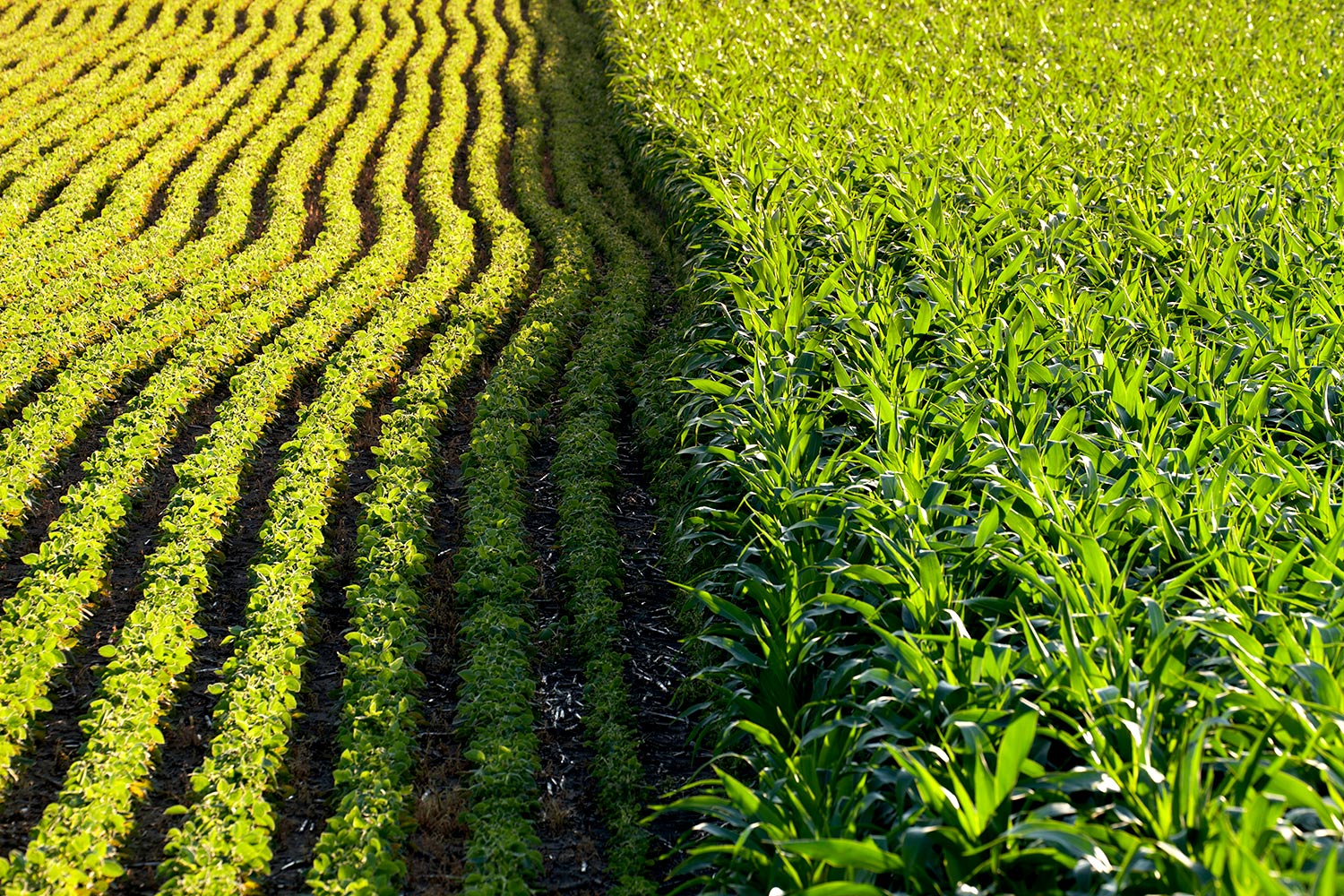 Largest Ever Study Reveals Environmental Impact Of Genetically Modified Crops Uva Today
Largest Ever Study Reveals Environmental Impact Of Genetically Modified Crops Uva Today
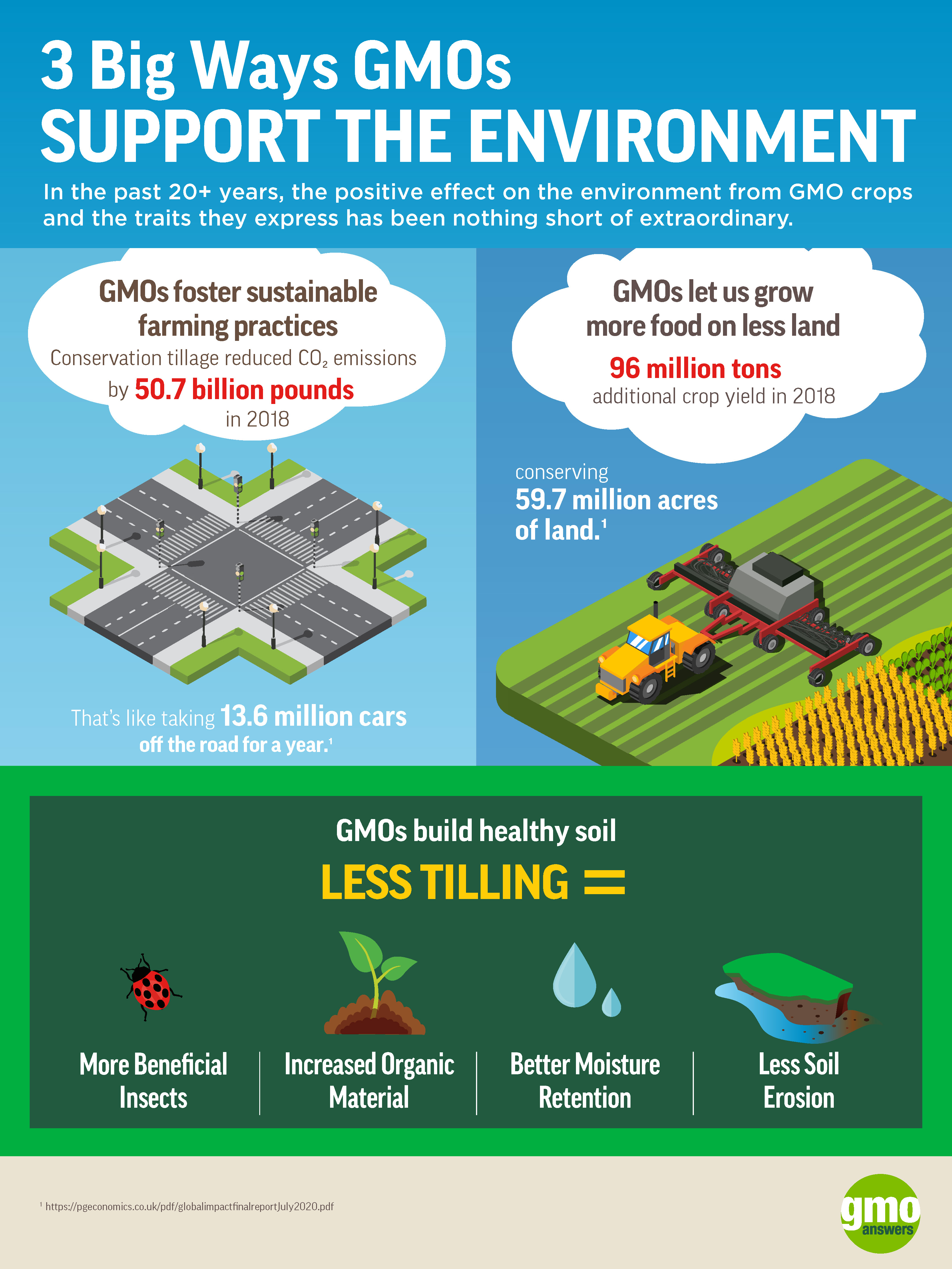 How Do Gmos Affect The Environment Gmo Answers
How Do Gmos Affect The Environment Gmo Answers
 Gmos Are Better For The Environment Than You D Think
Gmos Are Better For The Environment Than You D Think
 Genetically Modified Organisms The Good The Bad And The Future Science In The News
Genetically Modified Organisms The Good The Bad And The Future Science In The News
 Gmos And The Environment Thoughtscapism
Gmos And The Environment Thoughtscapism
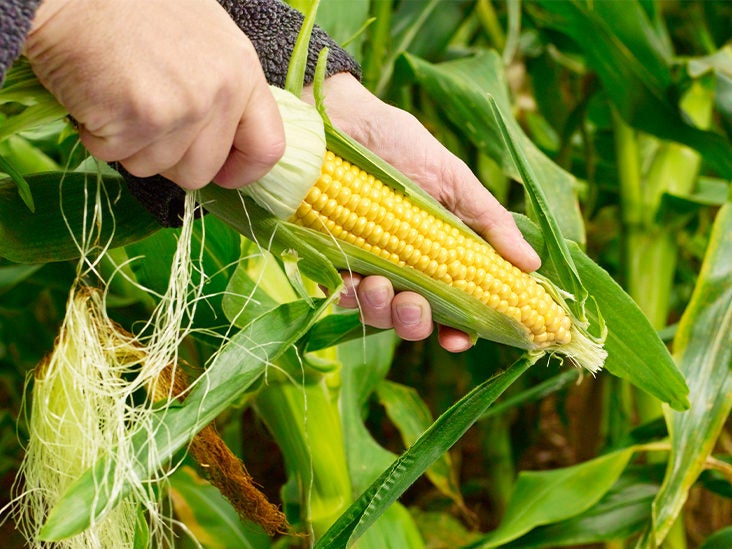 Gmos Pros And Cons Backed By Evidence
Gmos Pros And Cons Backed By Evidence
 Engineering An Environmental Disaster Earthjustice
Engineering An Environmental Disaster Earthjustice
 Why Gmo S Are Bad For You This Is Me
Why Gmo S Are Bad For You This Is Me
/cdn.vox-cdn.com/assets/4251031/bt-corn__1_.png) Are Gm Crops Good Or Bad For The Environment Vox
Are Gm Crops Good Or Bad For The Environment Vox
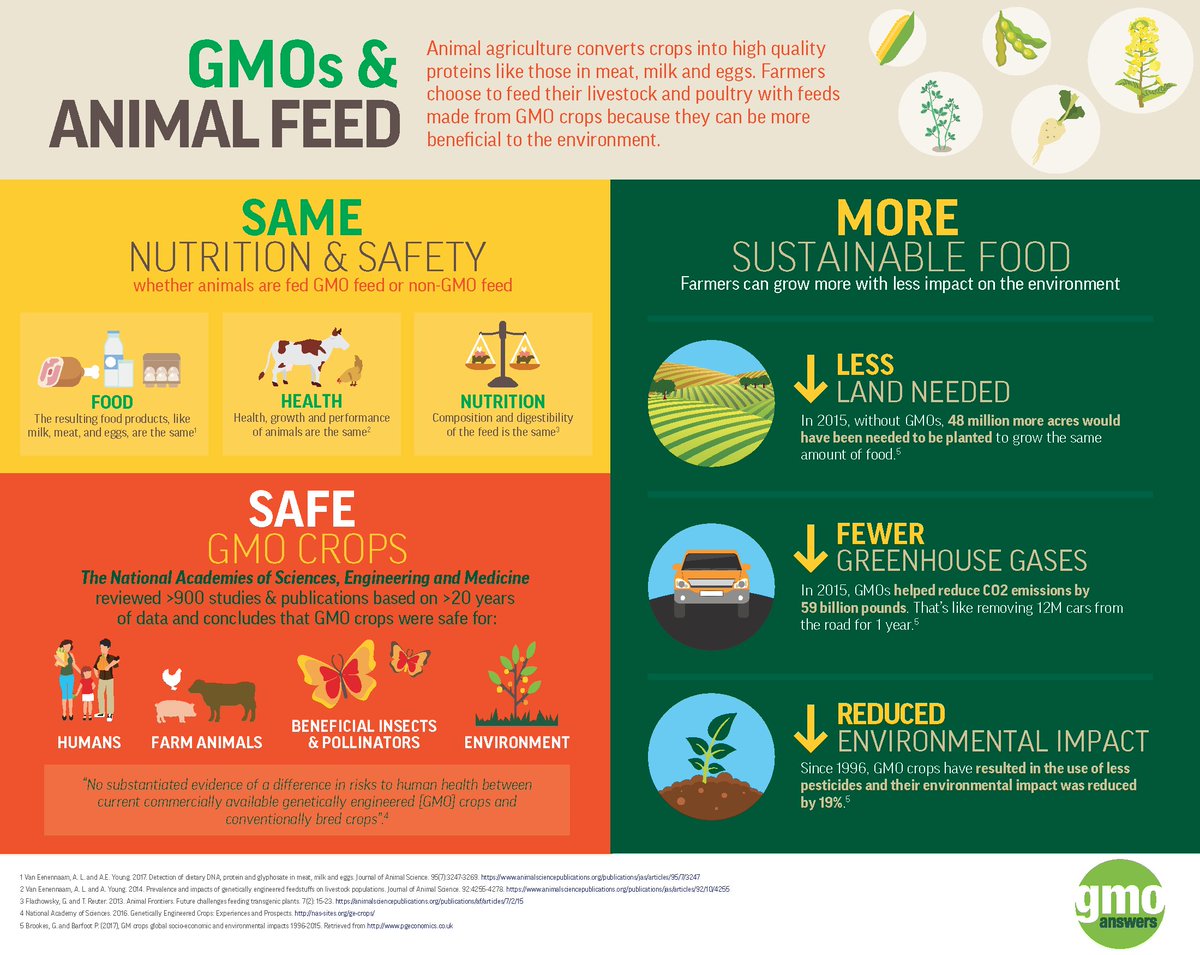 Gmoanswers U Tvitteri Myth Using Gmos In Animal Feed Is Bad For Animals The Environment Fact Whether Animals Are Fed Gmo Or Non Gmo Crops The Nutrition Safety Is Same Pssst
Gmoanswers U Tvitteri Myth Using Gmos In Animal Feed Is Bad For Animals The Environment Fact Whether Animals Are Fed Gmo Or Non Gmo Crops The Nutrition Safety Is Same Pssst






No comments:
Post a Comment
Note: Only a member of this blog may post a comment.